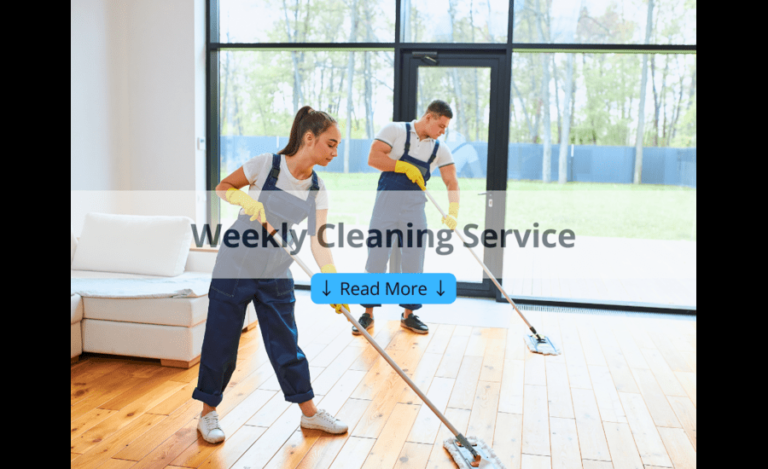Top Safety Tips for Using Scissor Lifts in Construction
Scissor lifts can be considered as scaffolding that offers great stability and convenience while working at height. Although it is not the same as aerial lifts, but it have a lifting mechanism that can move the work platform straight up and down, thus requires more precautions. It is crucial to follow all the manufacturers guidelines for safety while working to avoid injuries, and accidents. Boels gives you easy and fast access to various equipment with just few clicks. However, operating these equipment can be challenging without experience. For safe operation it is important to understand the risks and follow best practices. Here’s best safety practices for scissor lift hire on construction sites.
Safety First: Scissor Lifts in Construction
Inspect Equipment Before Use: On site machineries are too big for handles non professionals. It is always recommended to hire professionals for working to avoid unseen consequences. Before starting, always inspect the scissor lift. Look for damaged parts or malfunctioning components. Make sure safety features are fully operational. The condition of the platform and rails should be checked for stability. In addition, check the hydraulics leaks, breaks, and basket. Make sure that it safely latches and closes each time without manipulation.
Understand Load Limits: Avoid to put too load on the scissor lifters, not only it may damage the mechanism but can invite on site accident. Each scissor lift has a weight capacity. So never exceed the load limit, as this can compromise the stability of the lift. Moreover distribute weight evenly on the platform and avoid sudden shifts in balance.
Use Personal Protective Equipment (PPE):
Operators and workers must wear appropriate PPE, that may includes safety belts, gloves, caps, helmets, and other reflective clothing. To avoid unwanted surprises, it is recommended to follow manufacturers guidelines.
Secure a Safe Working Area
For stability, scissor lifters must be operates on solid plain surface. Usually manufacturers guidelines specified maximum slope that is clearly defined on lifts rating plates. A full-body harness is essential when working at higher elevations to prevent falls.
Secure a Safe Working Area
For stability, scissor lifters must be operates on solid plain surface. Usually manufacturers guidelines specified maximum slope that is clearly defined on lifts rating plates. In addition, The surrounding area should be free of debris or obstacles that might affect the movement of the lift. To avoid tipping, avoid uneven and slippery surface, or poor weather like strong wind or storm.
Proper Operator Training: Equipment used on sites are not for players, it requires professionalism and proper training that should include safe operating procedures, emergency protocols, and the proper use of safety equipment.
Safe Positioning of the Lift
While using scissor lifters, Safe Positioning of the Lift is the key. Position the scissor lift as close as possible to the work area to avoid overreaching. It is recommended to use outriggers that is an additional stability support and helps in dispersing the load to maintain the balance. Overreaching or leaning outside the platform can cause the lift to become unbalanced, that may increase the risk of fall and accidents.
Stay Safe While Working at Heights
By following all these tips, you’ll be able to create a safe and reliable environment for your workers. So if you’re ready to get started on your next project, feel free to visit Boels and get the best value for your money. Whether you’re using scissor lifts in construction or any other heavy duty machines, Remember, your safety depends on proper inspection, equipment use, and adherence to best practices.






